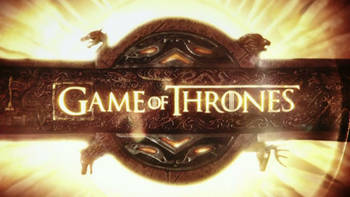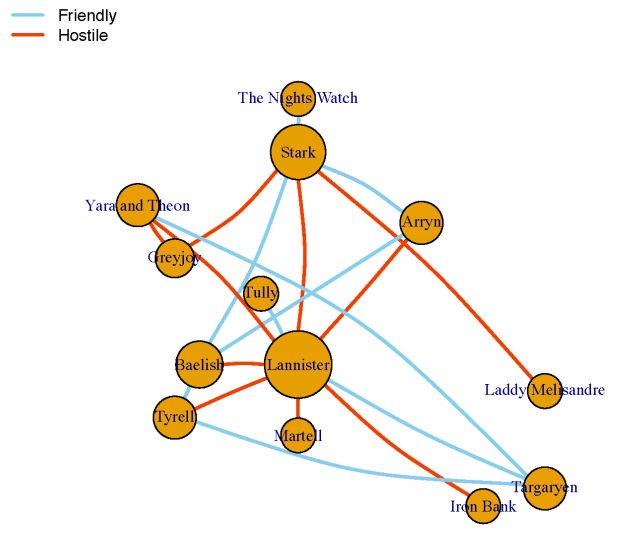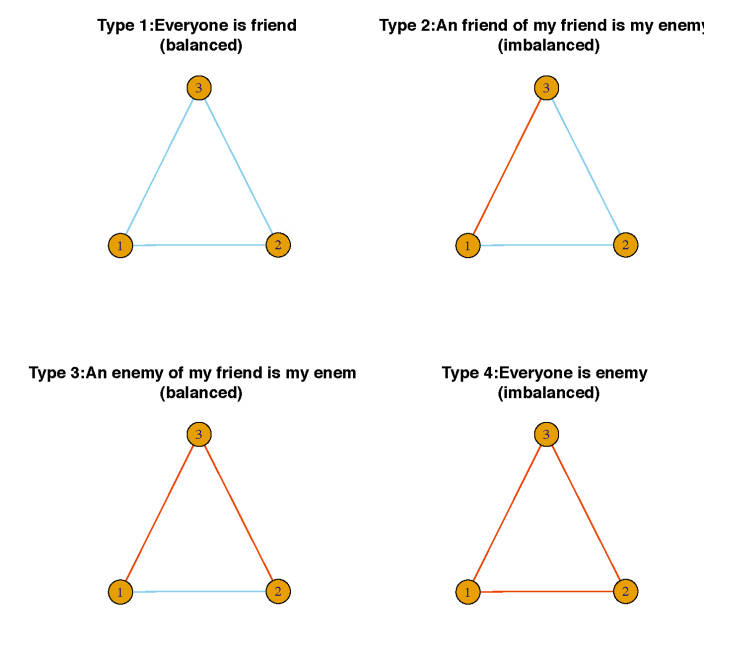| Game Of Thrones Analysed |
| Written by Mike James | |||
| Wednesday, 19 July 2017 | |||
|
In a new paper, brilliantly timed to coincide with the start of the new series of Game of Thrones, we have an analysis of its main protagonists in terms of network theory
Two researchers, Dianbo Liu and Luca Albergante at Dundee University, are as concerned about the plot lines in Game of Thrones as the rest of us are. The difference is that they decided to use the relationships to explore the analysis of social networks. You might want to take issue with the idea that Game of Thrones is a social network but you know what they mean. Just in case you don't know what we are talking about: We therefore sought to explore the potential of network modeling to explore the isolated fictional word associate with the popular American fantasy drama TV series Game of Thrones. The series has been adapted from George Martin’s novel A Song of Ice and Fire and has multiple interconnected plot lines. In particular, we focused on the story arc unfolding on the fictional continent "Westeros" where noble families in "the Seven Kingdoms" fought for the "Iron Throne" or independence. In employing network analytics to explore the structures and dynamics of the popular TV show, we explored whether network theory can be used to quantify the changes associated with the evolution of the story Multiple interconnecting plot lines is probably and understatement, so much so that the average viewer will probably enjoy studying the first network diagram to result from the work:
The network was subject to a number of investigations, but the most interesting results are: To better interpret the results we classified network changes from one episode to the next into three categories: 1) ’relationship establishment’ (a new edges is added, indicating the establishment of a new relationship), 2) ’relationship flipping’ (the sign of a edges is changed, indicating that allies become enemies or enemies become allies), and 3) ’relationship disruption’ (an edge is removed, indicating a previously present relationship is removed due to either two entities ceasing to interact or to the removal of one, or both, of the interacting entities). The establishment of a new relationship is the most frequent change, followed by flipping and disruption. It is also worth mentioning that while most new relationships were formed between existing political entities (87.5% of the changes) of relationship disruption was mostly due to the elimination of entities. I was once told by a wiser person that the whole point of George Martin's approach was that he established an important character and made them indispensable to the plot and then he killed them off just to see what would happen. The next analysis depends on the idea that a group of three entities can be balanced or unbalanced.
"It was suggested that in social and political networks, relationships change to minimize imbalanced triads. However, such trend seems not to be present in ’Game of Thrones’. The number and percentage of imbalanced through the first 6 seasons seems to fluctuate over time with an average value of 4.75 which corresponds to about 30 percentages of all triads. This phenomenon can be interpreted as a strategy by the author, directors and screenwriters to keep the story engaging as in a balanced network, no political entity would be pressed to change. Interestingly, a temporary tendency towards balance is present at the beginning when two dominating alliances initiate a total war against each other (’the War of Five Kings’), however this balance is broken as the story progresses." Of course Game of Thrones is famous for its unpredictable turns of events - remember Ned Stark - and so an analysis of the way triads change was carried out: Triads of type 3, corresponding to balance situations where two allies are hostile towards a common enemy, are the most frequently affected by changes, with >47% of triad formation, >86% of triad state changes and >40% of triad degradations. One possible explanation for this finding is that triads of type 3 can be transformed into any of the two imbalanced triads by changing the type of only one edge. Therefore, this type of triads provide a balance starting point that can subsequently being used to introduce imbalance in a more soft way. Hence type 3 triads can be used as waypoints to start a story arc and potentially to let it die. Indeed, we find that a large number of type 3 triads get destroyed — which is a good proxy for the end of a subplot. Moreover, we can see that many triads change from and into type 3, indicating that the interaction mode supported by this triad is a common intermediate step. Since triads of type 2 and 3 can be both changed into two different types, we reasoned that they could be used as proxy of the unpredictability of the story (as in both cases two choices are possible, in addition to the removal of the triad). So in the current series make sure to keep looking for triads of type 2 and 3 and any plot twists will not come as any sort of surprise to you. Unless, of course the writers have encountered this research!
More InformationBalance of thrones: a network study on 'Game of Thrones' Related ArticlesHow Many Tracks Does A DJ Have To Play? Twitter Used To Map Happiness In New York Twitter Can't Predict Elections Either Google Uses Search Data To Predict Box Office Hits
To be informed about new articles on I Programmer, sign up for our weekly newsletter, subscribe to the RSS feed and follow us on Twitter, Facebook or Linkedin.
Comments
or email your comment to: comments@i-programmer.info
|
|||
| Last Updated ( Wednesday, 19 July 2017 ) |






